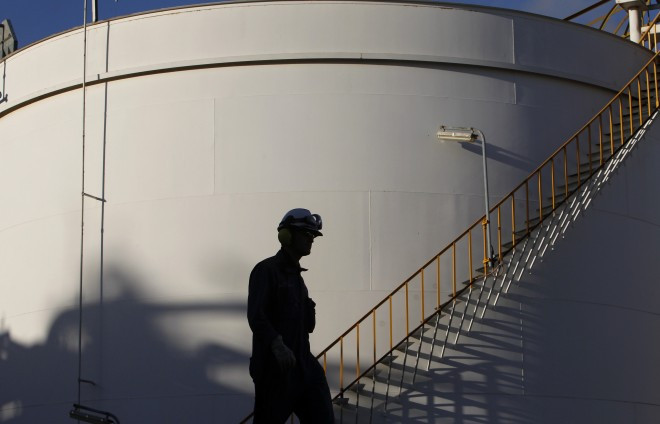Commodities round-up: Brent caps $50 per barrel mark as traders mull over Opec cut
Major investment banks express scepticism over actual implementation of Opec's proposals for a production cut.

Oil benchmarks traded higher on Monday (3 October) as Opec's proposal to cut its output supported bullish sentiment during Asian and European trading hours.
Late on 28 September, the cartel said it had agreed to limit production to a range of 32.5m to 33m barrels per day (bpd) led by the Saudis. However, details remain sketchy with ministers saying Opec would not decide on targets for each country until its next meeting at the end of November.
At 4:41pm BST, the Brent front-month futures contract for December delivery was up 0.32% or ¢16 at $50.35 per barrel, while the West Texas Intermediate was 0.12% or ¢6 higher at $48.39 per barrel.
Despite the front-month Brent contract rising above $50 per barrel for the first time since mid-August in post-close trading, analysts at Morgan Stanley and Citigroup expressed scepticism over Opec's ability to implement its proposed production cut, especially since the cartel has not published individual members' quotas since December 2008.
Separately, Fitch Ratings told its clients Opec's move supports a slow oil price recovery rather than a strong rebound. "The oil production target signals the potential for greater coordination among Opec members, but the target itself is largely symbolic. The announcement supports our view that oil prices will continue their recovery, but does not make a strong rebound materially more likely," it added.
Concurrently, Deutsche Bank's commodities research team said there was a very real possibility that Opec's move could prompt a rise in US shale drilling.
"Our revised oil market balances suggest a stronger drawdown in 2017 on our assumption of a soft implementation of the OPEC agreement which essentially amounts to a freeze rather than a cut. However this will lead to an earlier resumption of drilling activity in the US onshore which would result in greater production in 2018," they wrote to clients.
Opec ministers will meet next on 30 November in Vienna, Austria.
Away from the oil market, precious metals tumbled across the board as traders indulged in profit taking after the price of silver soared over the previous trading cycle, and a positive US ISM manufacturing sector purchasing managers index for September boosted the dollar.
At 4:55pm BST, Comex silver futures contract for December delivery was down 1.24% or ¢24 to $18.98 an ounce, having risen to an intraday high of $19.51 an ounce on Friday (30 September).
Concurrently, Comex gold was down 0.19% or $2.50 to $1,314.60 an ounce, while spot platinum was 2.14% or $21.95 lower at $1,005.32 an ounce.
Fawad Razaqzada, market analyst at Forex.com, said: "The greenback-denominated precious metals have clearly been undermined by a small rebound in the US currency thanks to a stronger-than-expected reading on the American ISM manufacturing sector PMI.
"However, gold does appear to be on a shaky footing, at least from a technical point of view anyway. The metal has now spent the best part of three months beneath its bearish trend line that has been in place since the year 2011."
© Copyright IBTimes 2025. All rights reserved.






















